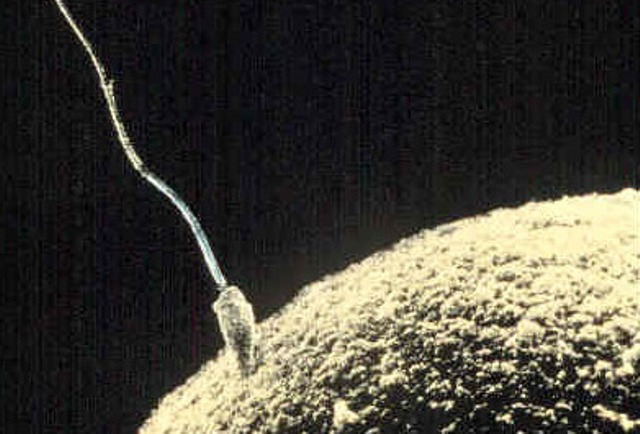Study Identifies Proteins in Sperm and Egg Responsible for Fertilization

Two proteins "Juno" and "Izumo," found on the surface of eggs and sperms, are responsible for their union, according to a new study.
It is known that fertilization occurs when male and female gametes fuse. But what initiates this process remained an unanswered question for a long time. British experts at the Welcome Trust Sanger Institute identified a protein in the egg- folate receptor 4 of Folr 4 - which helps recognize and connect with the sperm protein to create an embryo.
The protein in a mammalian egg called 'Juno' is named after the Roman goddess of fertility while, the sperm protein discovered by Japanese scientists in 2005 is known as 'Izumo' after a Japanese marriage shrine.
The Juno protein was sighted in mice eggs. Researchers created an artificial form of Izumo protein to observe receptivity of both gametes. They observed that Izumo impregnates the egg by interacting with the Juno protein on its surface. This protein-to-protein communication is prevalent only in mammals.
The Izumo-Juno pairing is the first known essential interaction for sperm-egg recognition in any organism," says Dr Enrica Bianchi, first author from the Welcome Trust Sanger Institute in apress release. "The binding of the two proteins is very weak, which probably explains why this has remained a mystery until now.
The study also noted that mice eggs did not hook up with the sperms when Juno was absent, thus proving that the protein is vital for fertility in females. They also observed that the absence of Izumo in mice sperms could not fertilize eggs.
The researchers also saw that the protein in eggs reduced drastically, just after the sperm-egg fusion. It remained untraceable for nearly 40 minutes. This may reveal why fertilized eggs do not unite with more than one sperm, which could lead to exchange of too many chromosomes and even death of embryo.
The authors believe these results provide an understanding of infertility problems in men and women and could aid development of new treatment methods.
"We have solved a long-standing mystery in biology by identifying the molecules displayed on all sperm and egg that must bind each other at the moment we were conceived," says Dr Gavin Wright, senior author from the Sanger Institute. "Without this essential interaction, fertilization just cannot happen. We may be able to use this discovery to improve fertility treatments and develop new contraceptives."
More information is available online in the journal Nature.
© MD News Daily.
